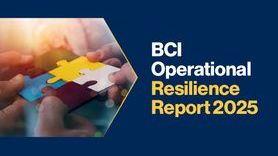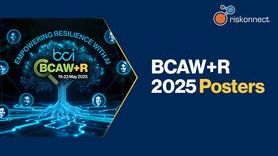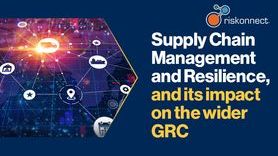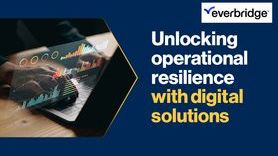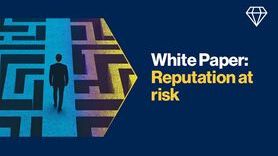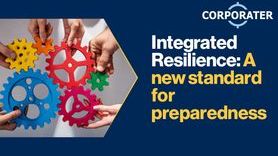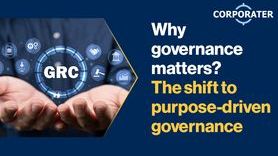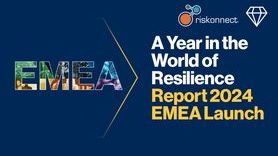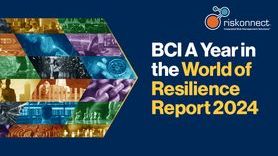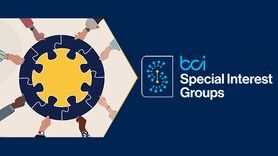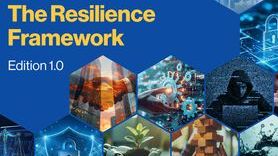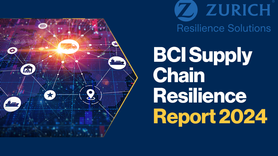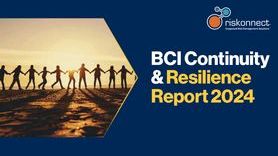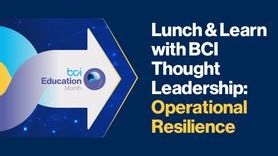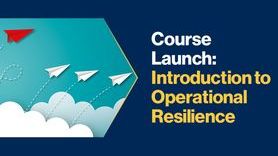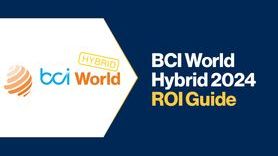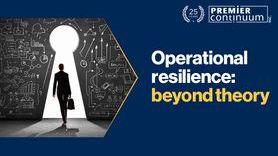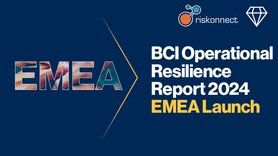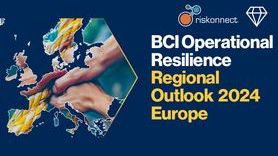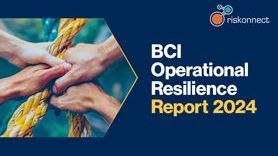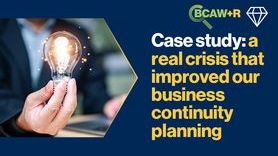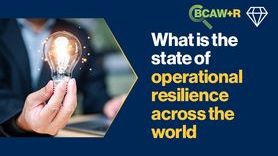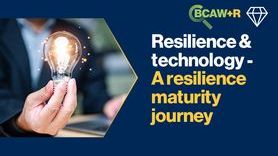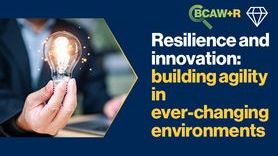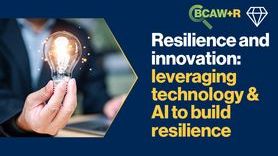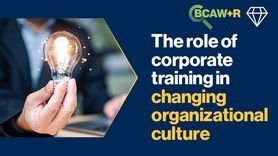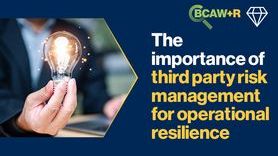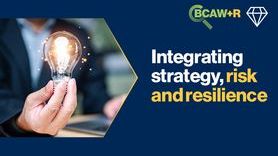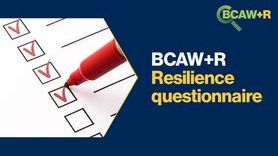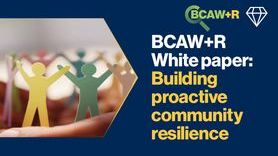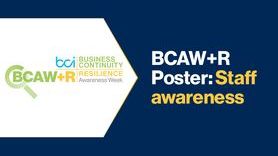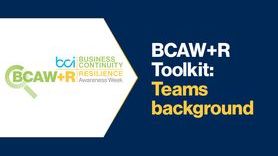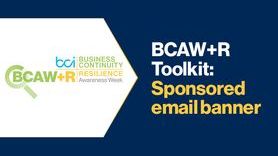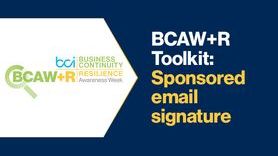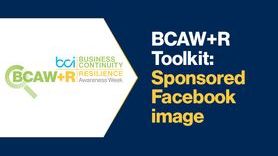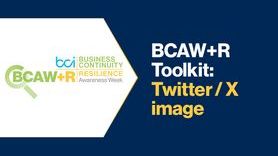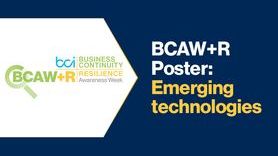Together we can build a stronger resilience culture within organizations
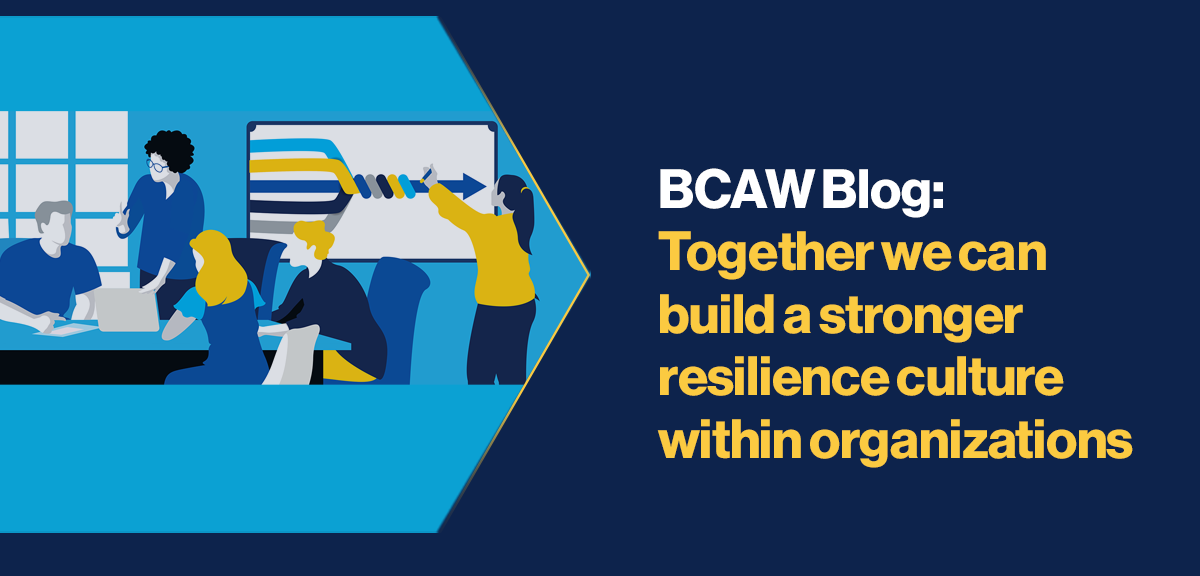
The current COVID-19 pandemic has put the focus on safety and resilience. It is equally applicable to people. While safety has clearly defined and measurable parameters that can be tracked and controlled effectively, resilience is not so easily prone to Boolean logic.
Resilience means different things to people, and when an individual needs to strengthen/improve their resilience there are many ways in which they can do it. Each method is inevitably tied to the background, value systems, customs, knowledge, and beliefs of the individual and their culture. Extrapolating these differences within an organization can be difficult, that is why there is the need to build an organizational resilience culture.
The culture of an organisation is its personality, a system of values, assumptions, and beliefs that contribute to the unique social behaviour of its employees and staff. The culture of an organization has a strong influence on the interaction among staff, their attitude towards customers and partners as well as how they perform their jobs.
An organization’s culture also represents how a company can meet its objectives and make profits for all the stakeholders. An incident or disruption can put pressure and test the resilience of an organization and can also pose a threat its survival.
So, how can we ensure that an organization’s resilience is strong enough to thrive through a crisis? By strengthening an organization’s culture and through gradual shifts in leadership, strategy, and effective communication. Of course, this must be done during times of ‘normal times’ where there are no disruptions occurring. However, incidents can also become opportunities for an organization to strengthen its resilience.
During a disruptive event, staff and employees can gain and build their resilience skills and when they come together, they consequently build the resilience capability of their organization.
All evolutionary changes start from top-to-bottom and building resilience is no different. The role of top management is fundamental, but there should also be a bilateral relationship that involved the staff as well. This type of relation will help to build trust, which a key element within every organization. With trust embedded within an organization’s culture, what other aspects do we need to consider to improving organizational resilience?
Changes in perception: value statements are important, but they need to be put into practice in order for staff to believe in them. By translating these into measurable parameters and included in job descriptions, the ‘buy-in’ process becomes easier. Changing the perception of staff ensures active involvement without the dull and drab routine of mundane working.
Empowerment: A nice term that is often mentioned, but very few get it right. When an employee in the last rung of the organizational pyramid is authorised, equipped and trained to take a well-informed, timely decision without the need to look over and above their shoulder, there can be true empowerment. This type of employee empowerment improves the level of trust between staff and build an organization’s reputation.
‘Centralised de-centralisation’: Sounds confusing… doesn’t it? The aim here is to centralize accountability at a certain level of the organization, while the responsibility and decision-making is de-centralised at the functional (lower) levels. A note of caution – for this system to work effectively, it needs to be paired with the empowerment mentioned above.
Agile process changes: Often it is observed that elaborated processes can impact the efficiency of an organization. There is the need to make easier processes and to make the organization more ‘agile’ and capable of adapting quicker to changes. This can also help with building customer relations and confidence.
Effective communication: Many organisations suffer from a lack of internal communications. After building trust, building effective communication is a key element within organizations. When implemented properly, communication will ensure that right information is passed on in a timely manner to all stakeholders. Blended well with reporting, this will be the cornerstone of corporate governance.
All the five elements listed above need to be working synchronously to enhance the resilience of an organization and most importantly, these aspects must be embedded throughout the organization. In short, all staff, will have to pull along as one homogeneous entity in each aspect for effectiveness.
As a result, in the case of an incident striking, the organization will be able to rely on a resilient culture with strong trust and communication skills. Appropriately, Henry Ford said, “Coming together is a beginning; keeping together is progress; working together is success”, and I would like to close by adding: “And, sUccess cannot be achieved without ‘u’, each one of you.”
Author:
Ramanarayanan S


